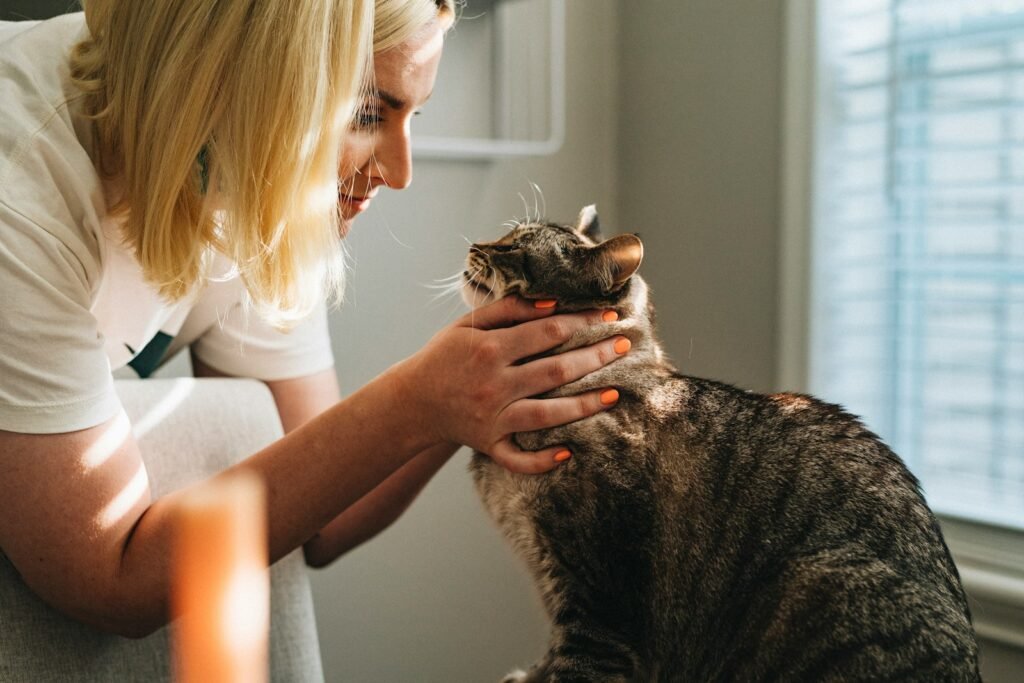Imagine walking into your vet’s office with your healthy, tail-wagging dog, only to learn that, thanks to artificial intelligence, a hidden illness has been detected—one you never even suspected. For many pet owners, this sounds like science fiction, but it’s quickly becoming science fact. The world of veterinary medicine is in the middle of a quiet revolution, powered by AI that can spot sickness before a single cough, limp, or whimper. This is changing the way we care for our furry companions, and it’s happening faster than most people realize.
The Power of Early Detection: Why Timing Matters
Catching illnesses before symptoms appear can mean the difference between a minor issue and a life-threatening crisis for pets. Early diagnosis allows vets to intervene sooner, increasing the chances of a full recovery. For chronic conditions like kidney disease or certain cancers, early detection can dramatically extend a pet’s lifespan. AI’s ability to sift through data and spot tiny abnormalities has made it a game-changer in this arena. Imagine a world where your cat’s subtle changes in behavior or appetite are flagged instantly by an algorithm, giving your vet a crucial head start.
How AI Learns: Training on Millions of Animal Cases
AI systems don’t wake up one day knowing how to find disease—they learn by devouring mountains of data. These algorithms are trained on thousands, sometimes millions, of medical records, X-rays, blood tests, and even video footage of pets. Machine learning enables the AI to spot patterns that even the most experienced vets might miss. Over time, these tools get “smarter,” recognizing the earliest signals of disease from subtle shifts in blood markers or minute changes in an animal’s gait. It’s like giving every vet a superhuman memory and laser-sharp attention to detail.
From Pixels to Prognosis: AI and Medical Imaging
One of AI’s most astonishing tricks is its ability to read medical images. Think of an AI as a digital Sherlock Holmes, scanning X-rays, ultrasounds, or MRIs for clues invisible to the human eye. In just seconds, it can flag suspicious masses, abnormal bone structure, or even early tissue changes. For example, AI can spot the faintest shadows that might signal lung disease in dogs or the earliest signs of arthritis in cats. Vets now have a new partner in the exam room—one that never tires or overlooks a detail.
Bloodwork and Beyond: Analyzing Lab Results with AI
Blood tests are a staple of veterinary diagnostics, but interpreting them can be complicated—even for pros. AI can analyze hundreds of variables at once, comparing your pet’s results to millions of others. It can detect subtle chemical changes that suggest kidney issues, diabetes, or infections, often before the numbers stray outside traditional “normal” ranges. This predictive power means vets can catch illnesses while they’re still silent, giving pets a fighting chance at a healthy future.
Behavioral Clues: AI Watches How Pets Move and Act

Changes in behavior are sometimes the first hint that something’s wrong, but pets are masters at hiding pain. AI-powered cameras and sensors can monitor a pet’s movements 24/7, flagging patterns that might signal trouble. Is your cat visiting the litter box more often? Has your dog’s tail stopped wagging as much? AI picks up on these tiny shifts, alerting owners and vets to investigate further. It’s like having a digital detective quietly watching over your pet, ready to sound the alarm at the first sign of distress.
Wearables for Pets: Data-Driven Health Insights
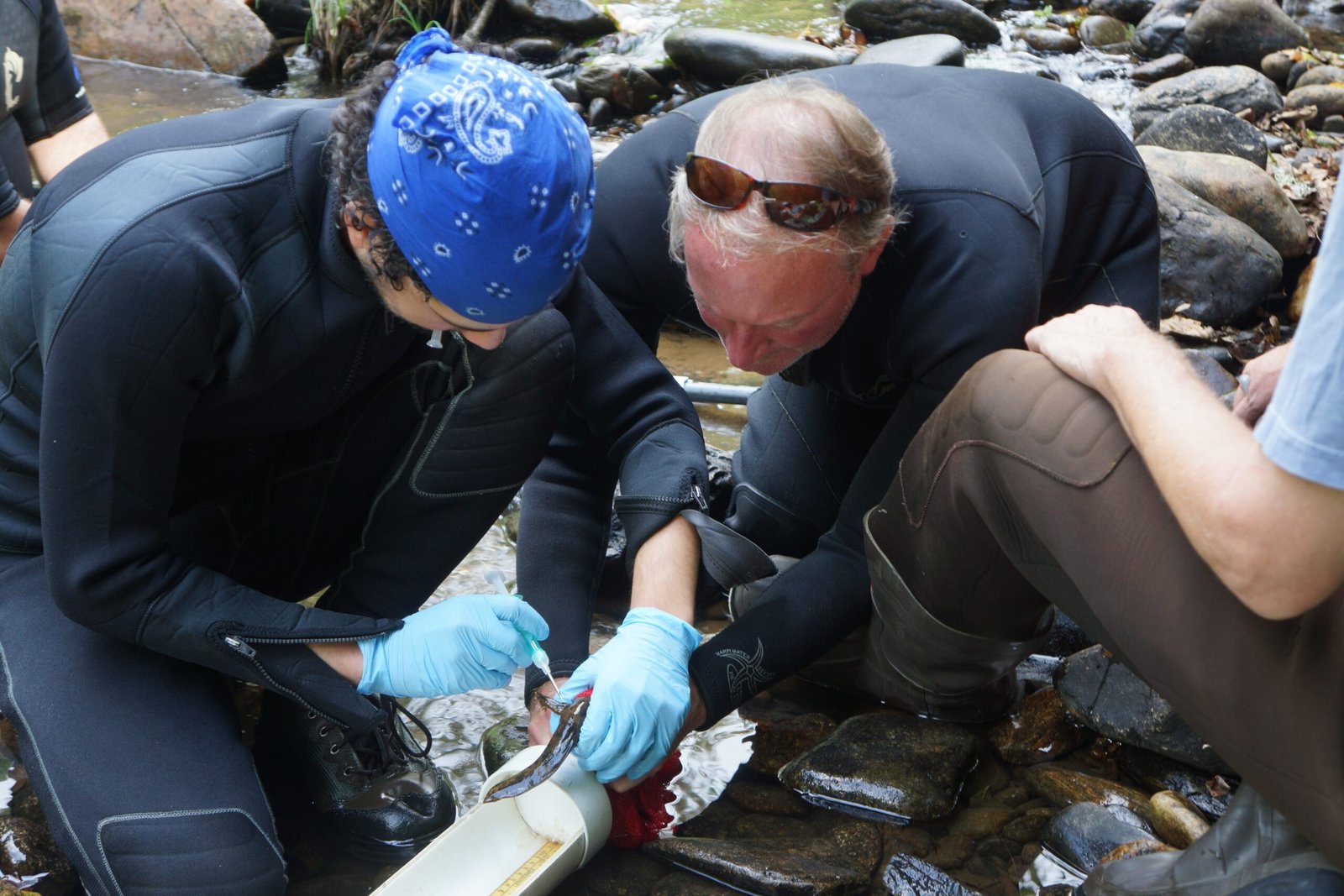
Just as fitness trackers have changed the way humans monitor their health, AI-powered wearables are doing the same for pets. Collars and harnesses now come equipped with sensors that track heart rate, breathing, activity levels, and sleep patterns. AI analyzes this data in real time, sending alerts if something seems off. For example, a sudden drop in activity could mean a brewing illness, while changes in sleep might point to pain or discomfort. These gadgets make it possible to catch problems in their infancy, long before they become emergencies.
AI-Powered Telemedicine: Vets in Your Pocket
Telemedicine has exploded in popularity, and AI is supercharging its capabilities. Now, pet owners can upload videos, photos, or descriptions of their pet’s behavior to AI-driven platforms. The AI assesses the data and suggests whether a vet visit is needed, sometimes spotting signs of illness that even attentive owners miss. This brings expert-level care into homes, making it easier than ever to catch problems early—especially for those far from a clinic or with anxious animals.
Genetic Screening: Predicting Disease Before Birth

AI is helping vets and breeders look into the genetic future of pets. By analyzing DNA, AI can predict the risk of inherited diseases, allowing for better breeding decisions and early interventions. For example, certain dog breeds are prone to heart problems or joint issues, and AI can flag these risks well before symptoms arise. This not only helps individual pets but also improves the overall health of future generations, making hereditary illness less common.
Chronic Disease Management: Keeping an Eye on the Long Game
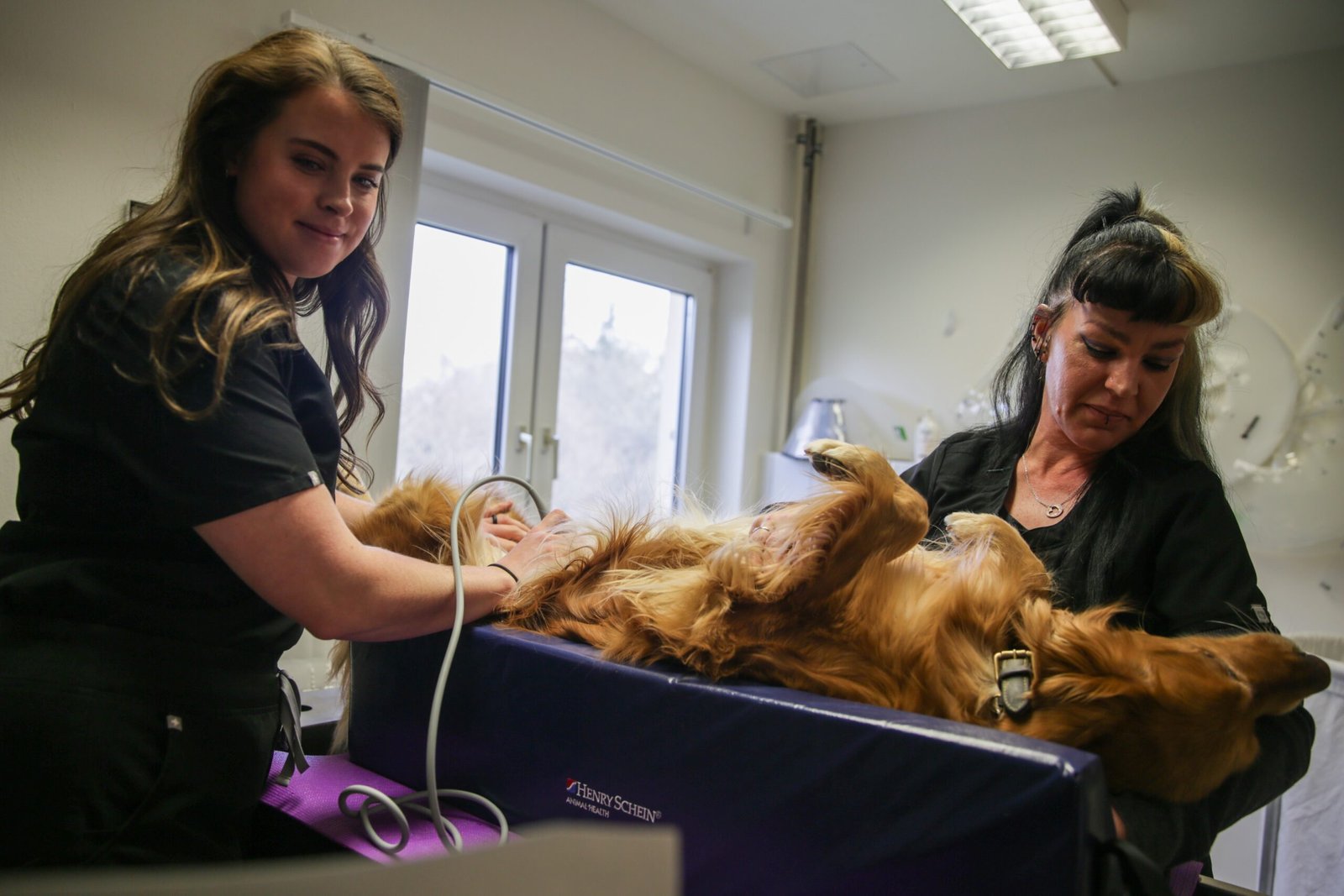
For pets with long-term conditions like diabetes or heart disease, AI acts as a vigilant guardian. It continuously monitors blood sugar, heart rate, or medication schedules, alerting vets and owners to any changes that could signal trouble. This real-time oversight makes managing chronic illness less stressful and more precise. Owners can sleep a little easier knowing that technology is keeping watch, ready to intervene at the first sign of a setback.
Cross-Species Insights: Learning from Every Animal
AI isn’t limited to cats and dogs—it learns from all creatures great and small. By analyzing data from horses, birds, reptiles, and even exotic zoo animals, AI uncovers patterns that might otherwise go unnoticed. Sometimes, an insight from one species can help save another. For instance, a discovery about heart disease in rabbits could help vets treat similar problems in ferrets or dogs. This cross-species approach expands veterinary knowledge and benefits pets everywhere.
Reducing Human Error: Consistency in Diagnostics
Even the best vets can have an off day. Fatigue, distractions, or even just a busy clinic can lead to missed details. AI offers a solution by providing a second set of “eyes” that never get tired or rushed. It checks every detail, flagging anomalies with unwavering consistency. This reduces the risk of missed diagnoses and helps ensure every pet gets the attention and care they deserve.
Emotional Relief for Pet Owners: Less Guesswork, More Answers
The uncertainty of a sick pet can be agonizing for families. AI helps take some of the guesswork out of the equation. By delivering faster, more accurate answers, it eases anxiety and gives owners a clearer path forward. Knowing that an invisible safety net is watching over their beloved companion brings peace of mind that can’t be overstated.
The AI-Vet Partnership: Technology as a Trusted Ally
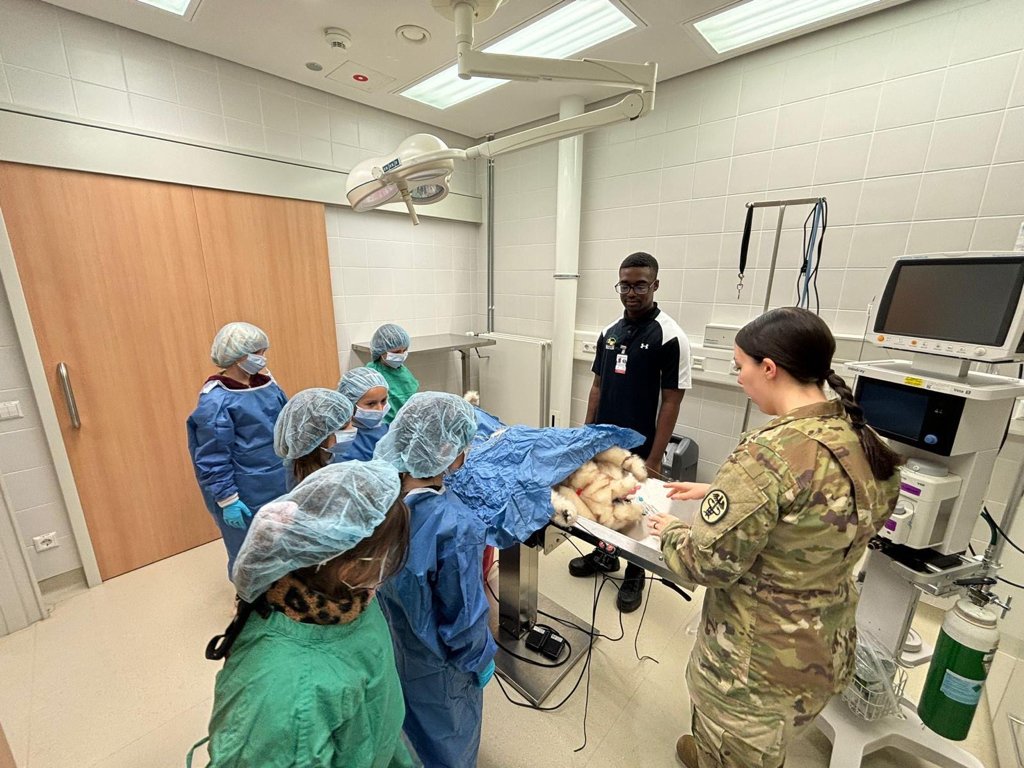
Some worry that AI might replace vets, but in reality, it’s more like a trusted sidekick. AI handles the number-crunching and pattern-spotting, while vets bring their empathy, experience, and intuition. This partnership allows for more thorough exams and better outcomes. Think of AI as the ultimate assistant—one that never forgets, never overlooks, and always has the pet’s best interest at heart.
Real-World Success Stories: Pets Saved by Early AI Detection
Across the globe, there are countless stories of pets saved by AI-driven insights. One golden retriever had her cancer caught months before she showed any symptoms, thanks to a routine AI scan of her bloodwork. Another cat avoided kidney failure when an AI algorithm noticed a subtle shift in her activity levels. These stories are becoming more common as technology weaves itself into the fabric of everyday veterinary care.
Challenges and Limitations: Where AI Still Has Room to Grow

As impressive as AI is, it’s not perfect. Algorithms can only be as good as the data they’re trained on, and rare diseases or unusual breeds can sometimes stump even the smartest software. There are concerns about privacy, too, as sensitive health data is shared and stored. Vets must be trained to use AI tools responsibly and to question results that don’t fit the clinical picture. Progress is happening fast, but there’s still a long way to go.
Ethical Questions: Balancing Technology and Compassion
With great power comes great responsibility. Using AI to predict illness raises tricky questions: Should a pet’s genetic risks be shared with insurance companies? How much should owners be told about diseases that might never develop? Balancing technology with empathy is key to ensuring that AI serves pets and their families, not just the bottom line.
Cost and Accessibility: Making AI Available to All Pets
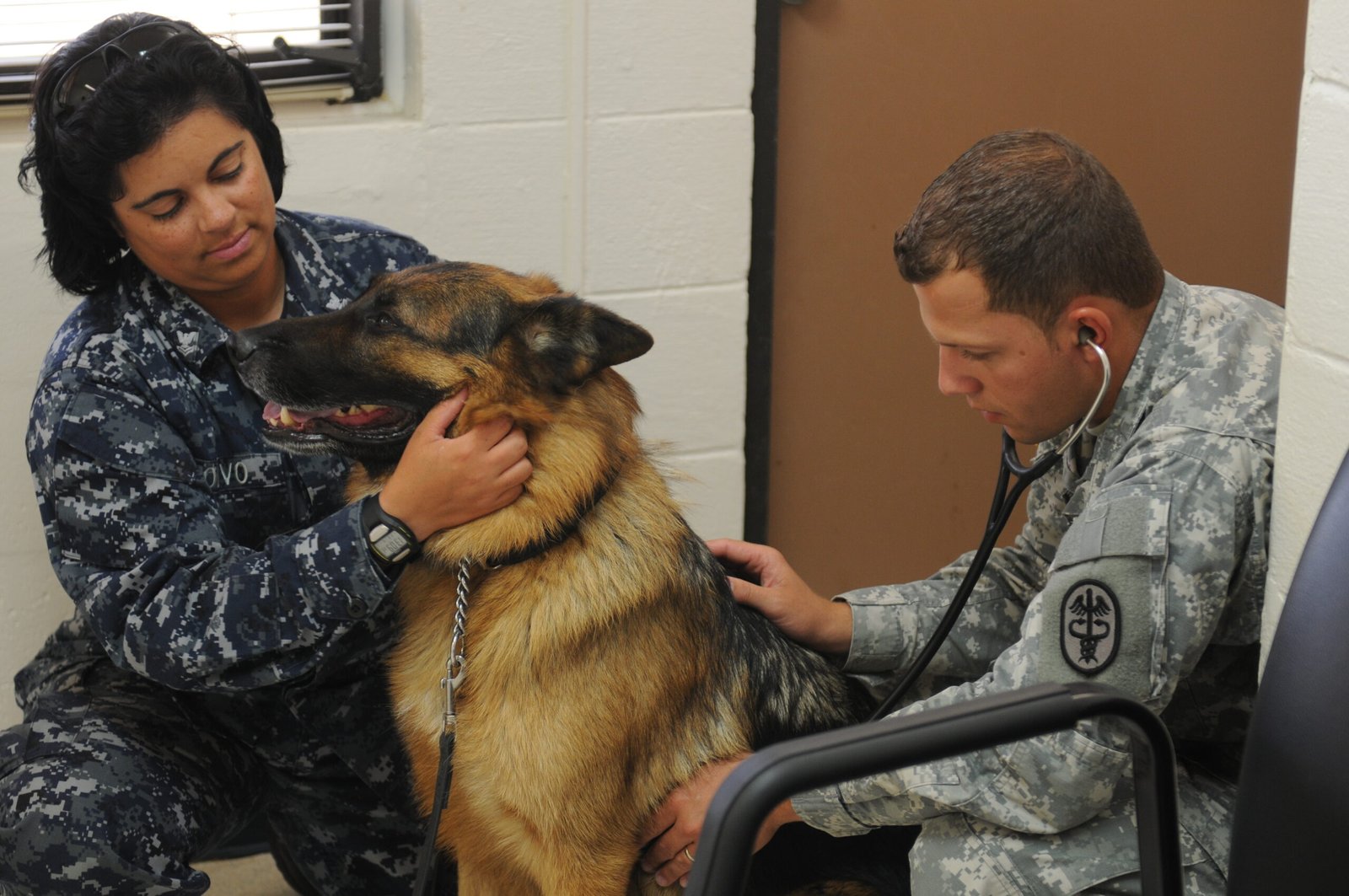
One of the hopes for AI is that it can make top-notch veterinary care more affordable and accessible. As the technology becomes cheaper and more widespread, even small-town clinics can use AI tools. However, there’s still a gap between high-tech urban hospitals and rural or low-income areas. Bridging this divide will be crucial to making sure every pet benefits from the AI revolution.
Veterinary Education: Training the Next Generation
The vets of tomorrow will need to be as comfortable with computer code as they are with a stethoscope. Veterinary schools are adding courses on AI and data analysis, preparing students for a future where digital tools are standard. Lifelong learning will be essential, as the pace of change shows no sign of slowing down.
Building Trust: Helping Owners Embrace AI

For many pet owners, trusting a computer with their beloved animal’s health doesn’t come easily. Education and transparency are key. Vets can build trust by explaining how AI works, sharing success stories, and involving owners in the diagnostic process. Over time, as more pets are helped by early detection, skepticism is slowly giving way to enthusiasm.
The Future of Pet Healthcare: A New Era Dawns
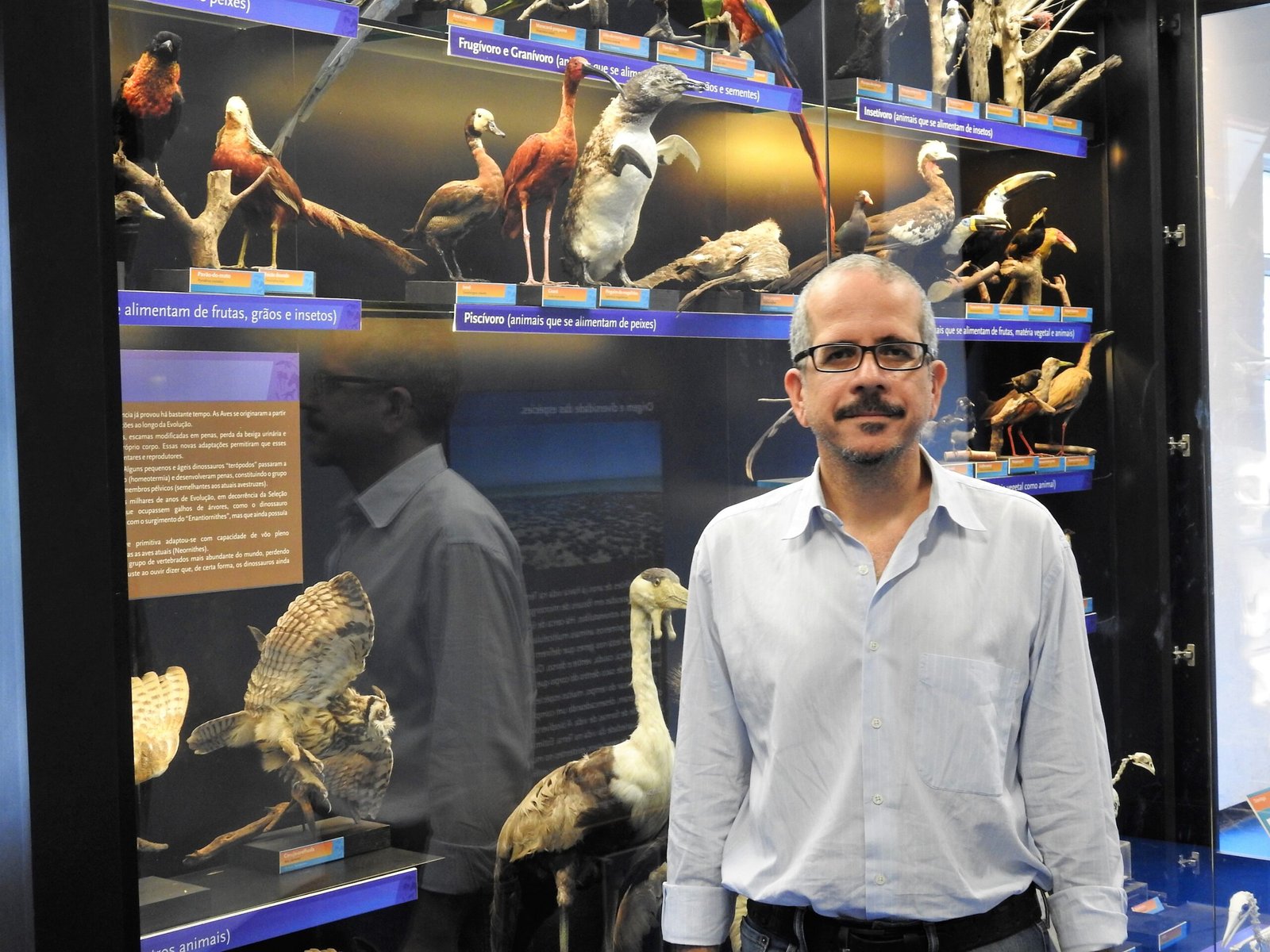
AI is ushering in a new era for animal health, one where illnesses can be caught before they ever become visible. The bond between people and their pets is stronger than ever, and technology is helping to protect that special connection. The possibilities are as vast as our love for our animals. What invisible dangers could we uncover next, and how many lives will we save along the way?

